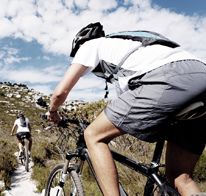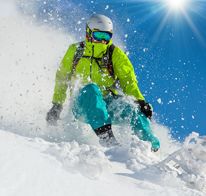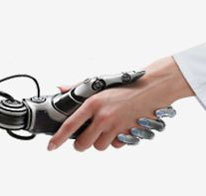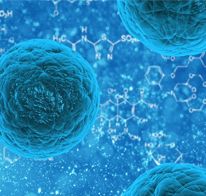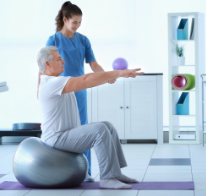As the ligaments of the spinal column become stiff and thicker with age, more narrowing occurs which may cause impingement on the nerve roots and spinal cord. Stenosis may occur in the central spinal canal (central stenosis) where the spinal cord and the cauda equina are located. The lateral foramen or openings are where the individual nerve roots exit out to the body. When they are compressed outside of the foramen, this is called Lateral stenosis and is the most common form of Lumbar stenosis.
Another form of stenosis is termed foraminal stenosis and is the result of nerve roots getting caught or compressed within the spinal canal. Herniated discs or bony protrusions are the most common reasons in these cases. Size and age of the spinal canal determine the severity of the stenosis.
Spinal stenosis may be caused by a number of diseases, injuries, or conditions. Age, degenerative causes such as osteoarthritis, and bony processes are the most common, but some people are born with a smaller spinal canal than normal and this is called Congenital Stenosis. Rare conditions such as tumours, abscesses, spinal curvature, and metabolic syndromes can result in spinal stenosis.
Spinal Stenosis

What is Spinal Stenosis?
Spinal stenosis is the narrowing of the spinal canal which can occur with from a variety of processes such as the degeneration of intervertebral discs and the facet joints. Bone spurs (also called osteophytes) can grow towards the spinal canal while the facet joints enlarge due to arthritis. Facet Arthropathy causes a decrease in the space for the nerve roots to pass through on their way to the rest of the body.
Patient Education Video
What Causes Spinal Stenosis?
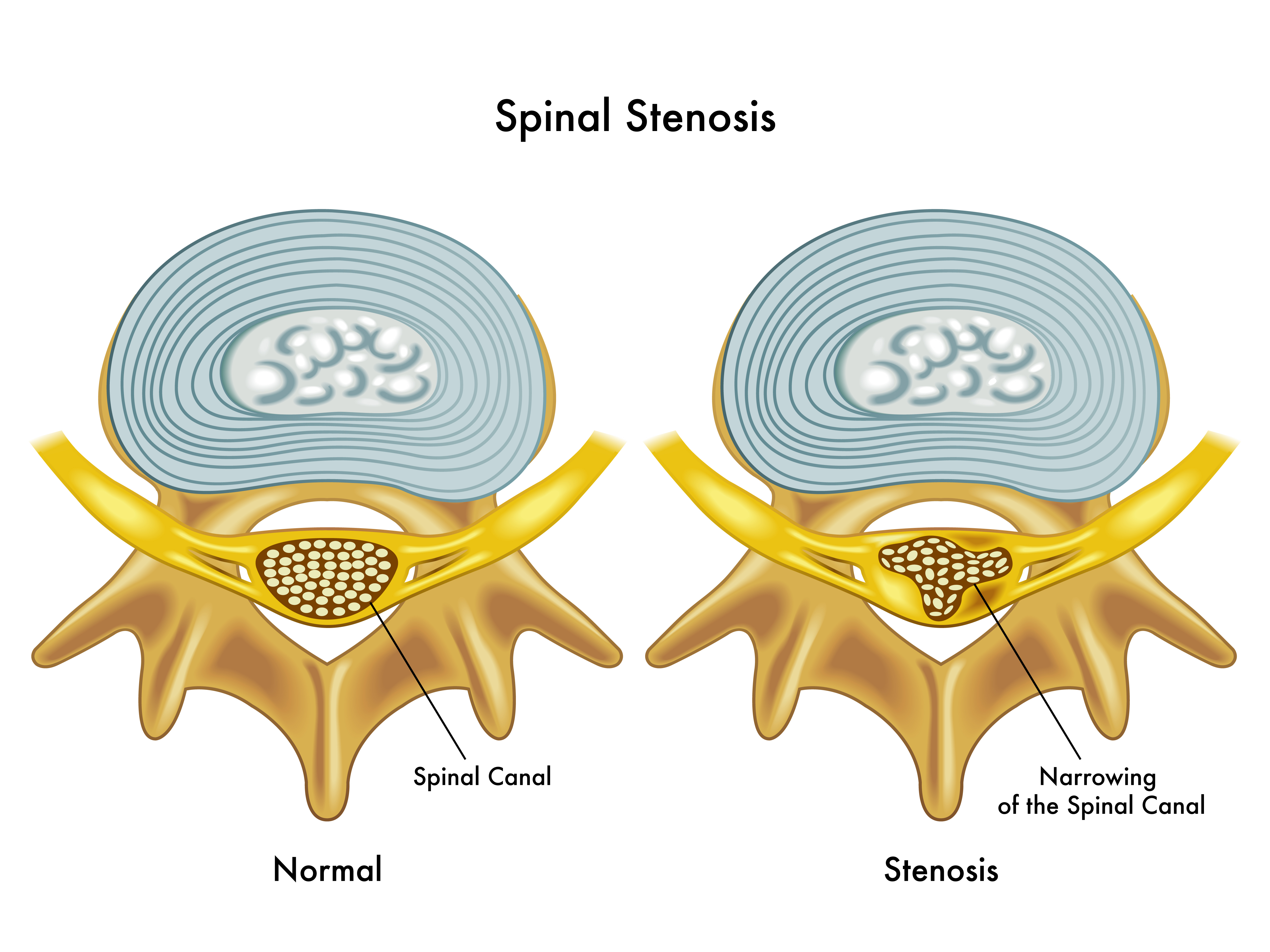
What Are the Symptoms?
Pain in the buttocks or leg is a common symptom of lumbar spinal stenosis and may be associated with the reduction of the blood supply to the nerve roots. Whether it is physical compression of the nerve root or a reduction in blood supply, symptoms include pain and numbness in either or both legs and back.
Mild discomfort in the lower back or having trouble walking are two common symptoms. Pain in the buttocks, thighs, or legs are the other symptoms that may develop with standing or walking and improves with rest. Sitting is easier than standing for people with spinal stenosis.
Symptoms of the spinal stenosis include numbness, tingling, and weakness in the lower extremities. Certain postures increase the space between the vertebrae and release the constrictions placed on the nerves, thus reducing the symptoms of spinal stenosis. Flexing or bending over reduce the symptoms of spinal stenosis. Many people with spinal stenosis can ride a bike, walk up an incline, or flight of stairs without any pain. And, they can walk extended distances with the addition of cane or something to lean on. However, walking down an incline or flight of stairs may aggravate symptoms.
Mild discomfort in the lower back or having trouble walking are two common symptoms. Pain in the buttocks, thighs, or legs are the other symptoms that may develop with standing or walking and improves with rest. Sitting is easier than standing for people with spinal stenosis.
Symptoms of the spinal stenosis include numbness, tingling, and weakness in the lower extremities. Certain postures increase the space between the vertebrae and release the constrictions placed on the nerves, thus reducing the symptoms of spinal stenosis. Flexing or bending over reduce the symptoms of spinal stenosis. Many people with spinal stenosis can ride a bike, walk up an incline, or flight of stairs without any pain. And, they can walk extended distances with the addition of cane or something to lean on. However, walking down an incline or flight of stairs may aggravate symptoms.
How is it Diagnosed?
Spinal stenosis is diagnosed after a complete medical history and physical examination. Your doctor will ask about symptoms, their severity, what makes them better or worse, and duration of the symptoms. Abnormalities in the strength, sensation, or function can be found with a neurological examination.
MRI scanning or CT scanning are used to make the diagnosis and to rule out other conditions that may mimic the symptoms of spinal stenosis. These radiologic tests can see the position and severity of the narrowing.
MRI scanning or CT scanning are used to make the diagnosis and to rule out other conditions that may mimic the symptoms of spinal stenosis. These radiologic tests can see the position and severity of the narrowing.
How is Spinal Stenosis Treated?
Treatments vary depending on the severity and duration of the symptoms and whether there is a rapid progression of the symptoms such as neurologic defects or impaired mobility.
Conservative Spinal Stenosis treatments can include medications such as NSAIDs are the mainstay of therapy along with exercise, weight loss, and physical therapy. Epidural steroid and NSAID injections are done on an outpatient basis.
Surgical Spine Stenosis interventions traditionally included the placement of interspinous spacers to reduce compression on the nerve roots, with decompression or spinal fusion required in more severe cases. Due to recent advancements in motion-preserving spine surgery, many patients can now avoid spinal fusion with Artificial Disc Replacement (ADR) or Total Facet Joint Replacement to decompress the spine and restore healthy movement.
Conservative Spinal Stenosis treatments can include medications such as NSAIDs are the mainstay of therapy along with exercise, weight loss, and physical therapy. Epidural steroid and NSAID injections are done on an outpatient basis.
Surgical Spine Stenosis interventions traditionally included the placement of interspinous spacers to reduce compression on the nerve roots, with decompression or spinal fusion required in more severe cases. Due to recent advancements in motion-preserving spine surgery, many patients can now avoid spinal fusion with Artificial Disc Replacement (ADR) or Total Facet Joint Replacement to decompress the spine and restore healthy movement.
Surgery & Treatment for Spinal Stenosis
At Spine Connection we have regenerative and surgical treatments for all spine conditions. As every case is unique we encourage you to receive and compare opinions from our Neurosurgeon and Orthopedic Spine Specialists. We are here to help.
Begin My Assessment
Ask Our Doctors
Join Our Youtube Channel
Watch videos showcasing the latest technologies and surgery techniques, and keep up to date with patient stories from around the globe.


